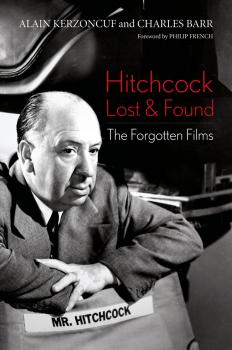ТОП просматриваемых книг сайта:
Screen Classics
Скачать книги из серии Screen ClassicsАннотация
Аннотация
Аннотация
Информация о книге
Автор произведения Peter Tonguette
Жанр Биографии и Мемуары
Серия Screen Classics
Аннотация
Информация о книге
Автор произведения Peter Tonguette
Жанр Биографии и Мемуары
Серия Screen Classics
Аннотация
Аннотация
Информация о книге
Автор произведения Terry Chester Shulman
Жанр Биографии и Мемуары
Серия Screen Classics
Аннотация
Аннотация
Информация о книге
Автор произведения Victoria Amador
Жанр Биографии и Мемуары
Серия Screen Classics
Аннотация
Информация о книге
Автор произведения Alain Kerzoncuf
Жанр Биографии и Мемуары
Серия Screen Classics










